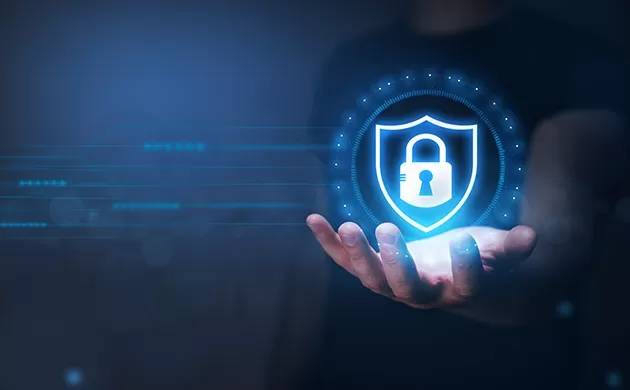The security of an eCommerce website security is critical for protecting customer data, preventing financial losses, and maintaining a trustworthy online presence.
Security
Regular security audits : Companies should perform routine security audits. All e-commerce platforms should undergo periodic security audits. Auditors, who may be experts in the field of security from both internal and external sources, can conduct these audits. Internal or external expertise can help analyze and enhance website security.
Strong encryption : Secure protocols must encrypt this information to ensure it remains unreadable and unusable by unauthorized parties, even if intercepted. We should use secure authentication methods: We must implement strong user authentication for the administration panel and user accounts of any website to prevent hacking. Need to should use secure authentication methods like two-factor authentication (2FA) or biometric authentication to enhance security.
Software Updates
Regular software updates : eCommerce platforms and plugins often release security patches and updates to address known vulnerabilities. It is essential to use these updates promptly to protect against potential exploits and security breaches.
Firewall protection : Firewall acts as a fence between your website and malicious hazards. It helps monitor and filter incoming and outgoing network traffic, blocking suspicious or unauthorized access attempts.
Regular backup : Regular backups of your eCommerce website. In the possibility of a security incident or data loss, these backups can be invaluable in restoring the website and minimizing downtime.
Secure payment gateways :When processing online transactions, it is important to integrate secure payment gateways that comply with industry standards, such as Payment Card and Industry Data Security Standards (PCI DSS). This confirms that customer payment are securely.
Malware scanning :Regular malware scanning be conducted to detect malicious code or malware on your website. If detected, immediate action should be taken to remove and secure the website.
Access controls should be carefully managed:Access controls to be implemented to limit privileges and permissions to only those require them. This prevents unauthorized individuals from gaining excessive access to sensitive website areas.
Training and monitoring
Provide security awareness training. Employee security training is essential. The training should address phishing, suspicious downloads, and strong passwords.
Monitor and log: A robust monitoring and recording system helps discover unusual activity, system modifications, and security breaches. Logs may be checked for suspicious activity.
Regular vulnerability scanning: You should regularly examine your website’s architecture, application, and settings for vulnerabilities. Scanners may find security weaknesses.
Protect customer data: Encrypting passwords, utilizing HTTPS, and complying with the GDPR are necessary to safeguard consumer data.
Secure third-party integrations: Integrating third-party services or plugins requires security evaluation. Only choose reliable suppliers that emphasize safety and resolve issues quickly. Prepare emergency reaction and recovery plans. To minimize damage and resume regular activities quickly, incident response and disaster recovery must be well defined.
These critical guidelines might help your eCommerce website improve its security and safeguard your company and consumers from possible attacks.





Leave a Reply